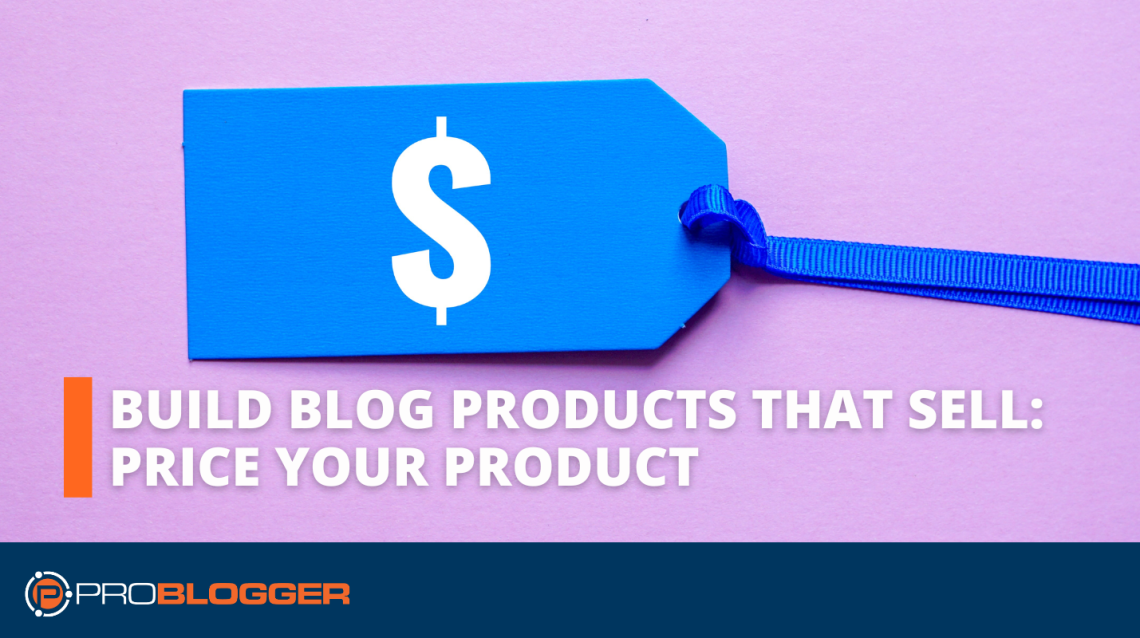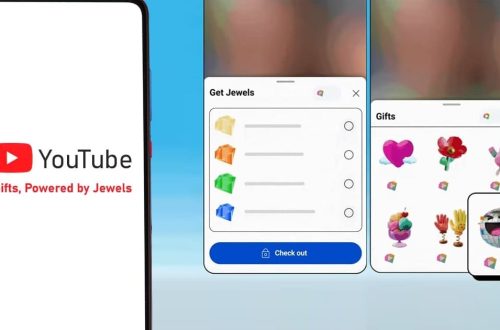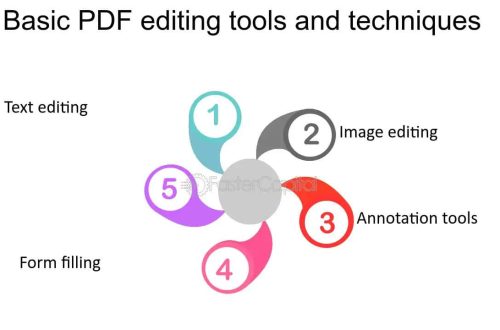This guest series is by Greg McFarlane of Control Your Cash.
If you’re late to this particular party, we’ve been spending the last few weeks examining ways to monetize your blog in an era when readers are holding onto their wallets more tightly than ever.
Sure, you can make money by selling ads if all you care about is revenue. Any link farm can do the same thing. But by extending one’s blog into different media, a diligent blogger can create and sell products that no one else can duplicate.
The process we’ve stepped through so far has been fairly straightforward. First, coldly assess what makes your blog distinctive. (If the answer is anything other than “Nothing” or “I don’t know”, proceed to the next step.)
Next, create something identifiable with your blog and your style—a video lecture series, ebooks, online classes, personal coaching, podcasts, whatever. Budget the requisite time to create your products, plan far enough in advance that your blog won’t be compromised in the short run, test-market your products, then make them available for sale. Couldn’t be easier, right?
This is precisely where many would-be entrepreneurs get smacked in the face with the harsh truth of the marketplace: putting a dollar figure on that product.
How much should you charge?
Not to turn this into a university-level economics lesson, but the tricky thing is to set a price that maximizes revenue. Sure, you can sell your ebook for 10¢ and theoretically reach the widest possible audience. But if you could charge three times the price, and still retain half your audience, wouldn’t that make more sense?
Ideally you’re doing this to turn a profit, which isn’t necessarily the same as generating as much revenue as possible. You also need to factor in your expenses. Otherwise, this is just a pastime or a vanity project. Creating products certainly requires time, and possibly requires materials.
That means that before you sell your first unit, you’ll already have spent money that you’ll need to recoup.
Say you’ve spent 30 hours writing a plan for a coaching program you plan to sell via your blog. Is $20 an hour a fair assessment of your worth? (That is, could you have earned that much doing something else?) Then you’ll need to sell a single copy for $600. Or two for $300 each. Or three for $200. Or…
You can see where this is going. It’s tempting to lower the price as much as possible, in the hopes that every reduction will attract more buyers. That’s largely true, but a) the relationship isn’t linear and b) there’s a limit—otherwise, you could give your product away and an infinite number of people would use it.
Finding the balance
How many unique visitors do you have? If you don’t know, Google Analytics can give you an idea. What proportion of those are invested in your blog and read it regularly? And what proportion of those will cough up a few minutes’ worth of wages in exchange for the promise of you enriching their lives somehow?
On the flip-side are blogging entrepreneurs who charge too much for their services. They’re like the commission salesman who wanted to get a job at Northrop Grumman, selling B-2 Spirit heavy bombers at $1 billion apiece. (“People have been slamming doors in my face all week, but I get 10% of each sale. And all it takes is one.”)
To avoid this, you need to find a comfortable medium between how much you’re willing to accept, and how much your product can realistically benefit its user. That sounds obvious, but most sellers don’t even bother weighing those variables. They just conjure up a price and hope for the best.
What does your product do … for whom?
Be honest with what your product can do. It won’t make the blind walk and the lame see. But will it show readers how to declutter their lives once and for all? Can it teach them how to change their car’s oil and tires themselves, instead of relying on costly technicians? Can it help readers travel to strange places inexpensively, and does it include an appendix that will teach those readers how to keep their cross-border hassles to a minimum?
Then say so. You don’t have to work miracles. You just have to make some aspect of your readers’ lives easier, less complicated and/or more fulfilling.
More to the point, remember who you’re selling to: your readers, not yourself. No one cares how much asbestos you inhaled in the mine, they just want the diamond. It’s a cardinal rule of civilization that results count, not effort.
One famous globetrotting blogger has recently diversified, and now sells a guide that ostensibly tells artists how they can throw off the shackles of poverty and start making money. He’s certainly appealing to his clientele’s emotions—what’s a more accurate stereotype than that of the starving artist?
Never mind that this blogger is not an artist, and that his background consists of little more than that educational punchline, a sociology degree. His blog’s sales pitch details how many painstaking hours he spent writing how many words and conducting how many minutes of interviews in the creation of his guide, as if any of that matters to an artist who just wants to know how to locate buyers for her decoupage and frescoes.
Keep scrolling down and you’ll find out that for just $39, you’ll receive “15,000 words of excellent content”. No one buys this kind of thing by volume. Xavier Herbert’s Poor Fellow My Country runs over 850,000 words. That’s 90 times longer than Richard Bach’s Jonathan Livingston Seagull, which sold far more copies and was far more influential.
Don’t hide your price!
That brings us to another thing not to do: treat the price as fine print. Which is to say, don’t build to a crescendo and make your readers sift through paragraph upon paragraph of hard sales copy before finally deigning to tell them how much your product is going to cost them. To do so is insulting. It’s the tactic of someone who has something to hide.
(There’s one exception to this rule. That’s when you’re using the late-night infomercial strategy, saving the price of your product until the very end because it’s so shockingly low. That almost certainly doesn’t apply in your case. You’re not an experienced marketer with a reputation, hawking indestructible knives and superabsorbent towels that suck up ten times their weight in liquid. You’re a blogger looking to turn your followers from loyal readers into paying customers.)
Getting back to the real blogger in our example, if you spend another $19 on the deluxe version, he’ll throw in three more audio interviews. There’s nothing quantifiable here, just a collection of messages that differ by media. (Incidentally, I asked this blogger how what kind of volume he does. I wasn’t expecting an answer and didn’t receive one, but it was important to make an effort to see if his methods worked.)
Given the choice, I’d rather take my chances giving my money to a blogger with authority and experience, who’s offering me something believable, and who’s not afraid to tell me how much it’ll cost me and how much it’ll benefit me. Is that you?
One more thing. If you’re creating a series of products in which each builds on the previous ones and no individual product can stand alone, you’re putting yourself in a fantastic position. You can give away the first and then start charging with the second. If you do, that’ll give you an accurate gauge of how many people are legitimately interested in your product, as opposed to just being curious.
Accounting for expenses
Once you make the decision to sell, and to price, you’ll have to account for expenses you’d never imagined. Maybe you’ll need to move from a shared host to a dedicated one. Or pay for a business license in your home jurisdiction. Or hire a graphic designer after concluding that your own Adobe Illustrator skills are wanting. A few hours of planning and estimation now can save you weeks of frustration down the road.
Speaking of quantifying, here’s a sample budget (in PDF) that you can adapt for your own use. Be conservative with your revenue estimates, liberal with your expense estimates, and you can get a better handle on how much you should charge when your products finally make it to market.
You might also find the formula presented in The Dark Art of Product Pricing useful. It integrates many of the considerations I’ve outlined here but, like this post, that one can’t definitively tell you what you should charge either. Ultimately, that’s up to you.
Key points
- Cover your expenses. Don’t set your prices so low that you’re losing money on every sale.
- Don’t set your prices so high that you need to camouflage them, either. Be direct.
- Honestly assess what your product can do for your customers.
- Explain to your customers what they’ll get for their money.
- Like anything else, first plan, then execute.
Next week, we’ll discuss how to increase your potential clientele beyond its traditional bounds.
Greg McFarlane is an advertising copywriter who lives in Las Vegas. He recently wrote Control Your Cash: Making Money Make Sense, a financial primer for people in their 20s and 30s who know nothing about money. You can buy the book here (physical) or here (Kindle) and reach Greg at [email protected].




